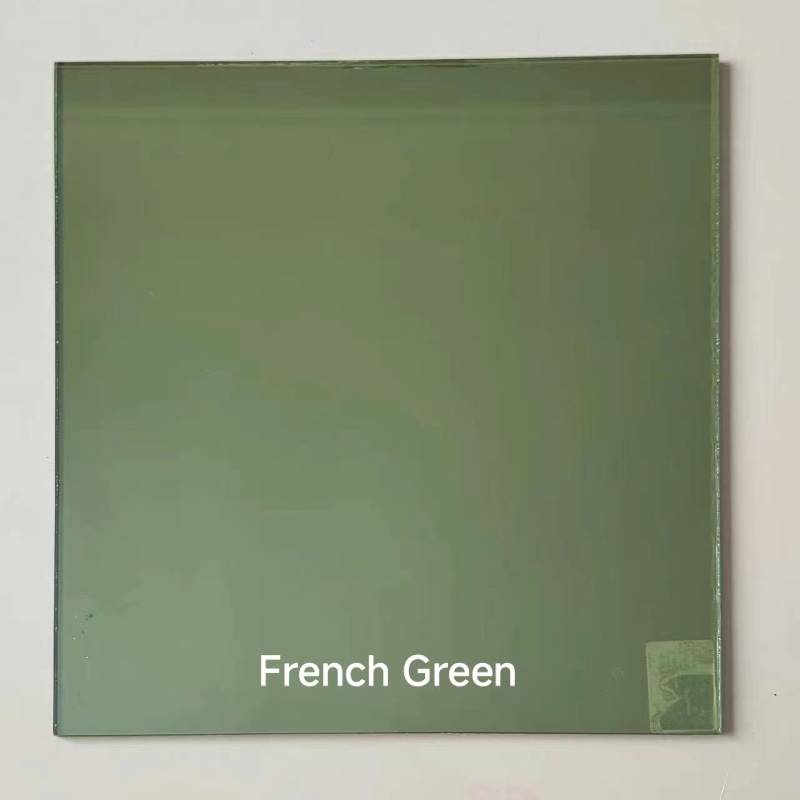

The Enigmatic Beauty of Back-Silvered Mirrors
In the realm of decorative arts and interior design, the back-silvered mirror has carved a niche of its own, enchanting observers with its reflective glory and timeless elegance. These mirrors, distinguished by a layer of silver applied to their back, offer not just functionality but also an aesthetic appeal that has captivated artists, designers, and everyday users for centuries.
The technique of back-silvering was pioneered in the 19th century during a period marked by significant advances in glass-making technology. Prior to this innovation, mirrors were typically made using polished metal surfaces or glass coated with a silver amalgam. However, the back-silvered mirror we recognize today emerged as a groundbreaking solution, transforming how reflections were produced. The back-silvering process involves applying a thin layer of silver nitrate onto the glass surface, which, when exposed to a specific chemical reaction, provides a reflective finish that is far superior to earlier methods.
The Enigmatic Beauty of Back-Silvered Mirrors
Beyond their practical benefits, back-silvered mirrors are also steeped in cultural significance. Historically, mirrors have been associated with mystique and intrigue, serving as symbols of vanity, self-reflection, and even spiritual insight. In various mythologies, mirrors have been linked to the soul and the unknown, acting as gateways to alternate realities or the subconscious mind. This profound symbolism continues to resonate, making mirrors not just decorative items, but vessels of meaning that invite contemplation and introspection.

The artistry of back-silvered mirrors is further enhanced by their versatility in design. They can be found in a plethora of styles, from ornate baroque frames adorned with intricate carvings to sleek, minimalist designs that complement modern aesthetics. This adaptability makes them suitable for diverse settings, be it a lavish ballroom, a serene bedroom, or an avant-garde art gallery. Artists and craftspeople experiment with shapes, sizes, and finishes, ensuring that each back-silvered mirror becomes a unique expression of creativity and skill.
Moreover, the maintenance of back-silvered mirrors is an essential aspect worth discussing. While they are designed to be durable, the reflective layer can be sensitive to certain environmental factors, such as humidity and exposure to harsh cleaning chemicals. Proper care involves using gentle, non-abrasive cleaning solutions and soft cloths to preserve the integrity of the silver. Understanding this delicate balance between beauty and upkeep ensures that these mirrors continue to shine brightly for generations.
As we move further into the 21st century, the allure of back-silvered mirrors remains steadfast. Today, they are not only sought after for their decorative qualities but also appreciated for their historical and artistic significance. Interior designers continually find innovative ways to incorporate these mirrors into their projects, recognizing their potential to transform spaces and enhance the overall aesthetic experience.
In conclusion, back-silvered mirrors stand as a testament to the seamless fusion of art and function. Their reflective surfaces invite us to engage with our environments and ourselves, offering both practical solutions and profound reflections. Whether gracing the walls of opulent palaces or modest homes, these mirrors continue to inspire awe and admiration, proving that true beauty lies in both reflection and light. As we gaze into their depths, we are reminded of the ongoing dance between the outer world and our inner selves, a dance as timeless as the mirrors themselves.